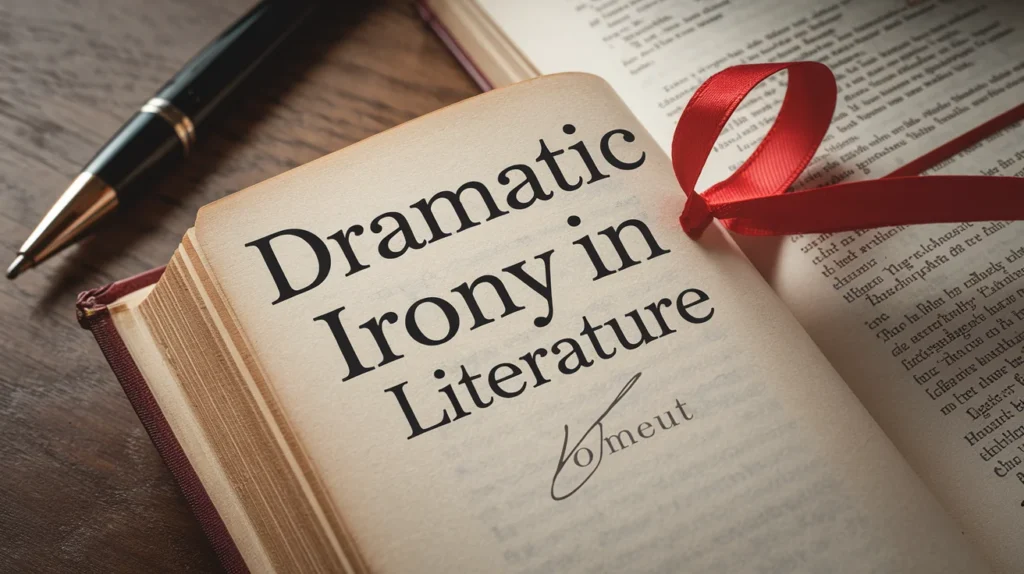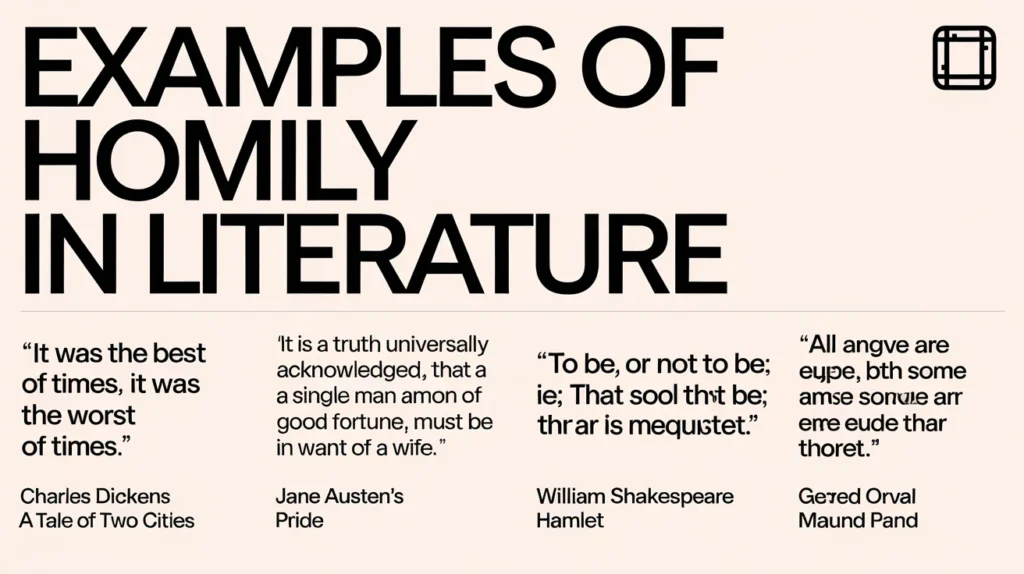Have you ever read a speech, poem, or novel where the writer piles up words, phrases, or ideas in a way that feels intentional and impactful? That’s enumeration—a literary device that turns simple lists into rhetorical powerhouses.
From Martin Luther King Jr.’s iconic “I Have a Dream” speech to Charles Dickens’ famous opening in A Tale of Two Cities, enumeration shapes how we process, remember, and feel words. But what exactly makes it so effective?
In this guide, we’ll break down:
- What enumeration is (and how it’s different from a grocery list).
- Why writers use it (hint: it’s not just for decoration).
- Real-world examples from speeches, novels, and poetry.
- How it compares to similar devices like cataloging and inventory.
By the end, you’ll spot enumeration everywhere—and maybe even use it in your own writing. Let’s dive in!
What Is Enumeration in Literature?
Enumeration is the deliberate listing of details, examples, or ideas to create rhythm, emphasis, or persuasion. Unlike a random list, it’s structured for impact.
Key Characteristics of Enumeration
- Intentional repetition – Words or phrases build momentum.
- Rhetorical effect – Used to persuade, describe, or evoke emotion.
- Varied length – Can be short and punchy or long and elaborate.
Example:
“We shall fight on the beaches, we shall fight on the landing grounds, we shall fight in the fields and in the streets…”
—Winston Churchill
Here, Churchill enumerates battle locations to strengthen resolve during WWII.
Enumeration vs. Simple Lists
| Feature | Enumeration | Basic List |
| Purpose | Persuasion, rhythm | Organization |
| Structure | Artistic, repetitive | Functional |
| Example | “Life, liberty, and the pursuit of happiness” | “Milk, eggs, bread” |
Why Do Writers Use Enumeration?
Enumeration isn’t just about listing things—it’s about making words memorable. Here’s how it works:
1. Emphasis
Repeating ideas drives them home. Think of political speeches:
“Government of the people, by the people, for the people.”
—Abraham Lincoln
2. Rhythm & Flow
Poets like Allen Ginsberg use long, cascading enumerations to create a hypnotic effect (“Howl”).
3. Persuasion
Jefferson’s Declaration of Independence lists grievances to justify revolution:
“He has refused his Assent to Laws… He has obstructed the Administration of Justice…”
4. Vivid Imagery
Jane Austen opens Pride and Prejudice with a satirical enumeration of marriage motives:
“It is a truth universally acknowledged, that a single man in possession of a good fortune, must be in want of a wife.”
6 Powerful Examples of Enumeration in Literature
1. The Declaration of Independence (Thomas Jefferson)
Technique: Accumulation of grievances to justify rebellion.
Impact: Makes the case undeniable through sheer volume.
2. MLK’s “I Have a Dream” Speech
Technique: Repeats “Let freedom ring” across locations.
Impact: Builds a vision of unity.
3. A Tale of Two Cities (Charles Dickens)
Technique: Contrasting pairs (“best/worst,” “wisdom/foolishness”).
Impact: Captures the chaos of revolution.
4. Pride and Prejudice (Jane Austen)
Technique: Lists societal expectations.
Impact: Mocks marriage norms with irony.
5. The Love Song of J. Alfred Prufrock (T.S. Eliot)
Technique: Fragmented images (“yellow fog,” “restless nights”).
Impact: Mirrors modern anxiety.
6. Howl (Allen Ginsberg)
Technique: Chaotic, sprawling lists.
Impact: Reflects Beat Generation rebellion.
Related Literary Devices
1. Cataloging
- Neutral listing (e.g., Whitman’s “Leaves of Grass”).
- Less rhetorical than enumeration.
2. Inventory
- Practical descriptions (e.g., Homer’s Odyssey listing weapons).
- Functional, not artistic.
Final Thoughts
Enumeration turns lists into art. Whether it’s Jefferson’s grievances, Dickens’ contrasts, or Ginsberg’s rebellion, this device shapes how we read, think, and feel.
Now it’s your turn: Revisit a favorite book or speech—can you find hidden enumerations? Share your discoveries below!
FAQs About Enumeration in Literature
1. Is enumeration the same as repetition?
No—repetition repeats the same word/phrase, while enumeration lists different but related items.
2. Can enumeration be used in everyday writing?
Absolutely! Try it in persuasive essays, speeches, or even marketing copy.
3. What’s the best way to spot enumeration?
Look for sequential lists with a persuasive or rhythmic effect.


